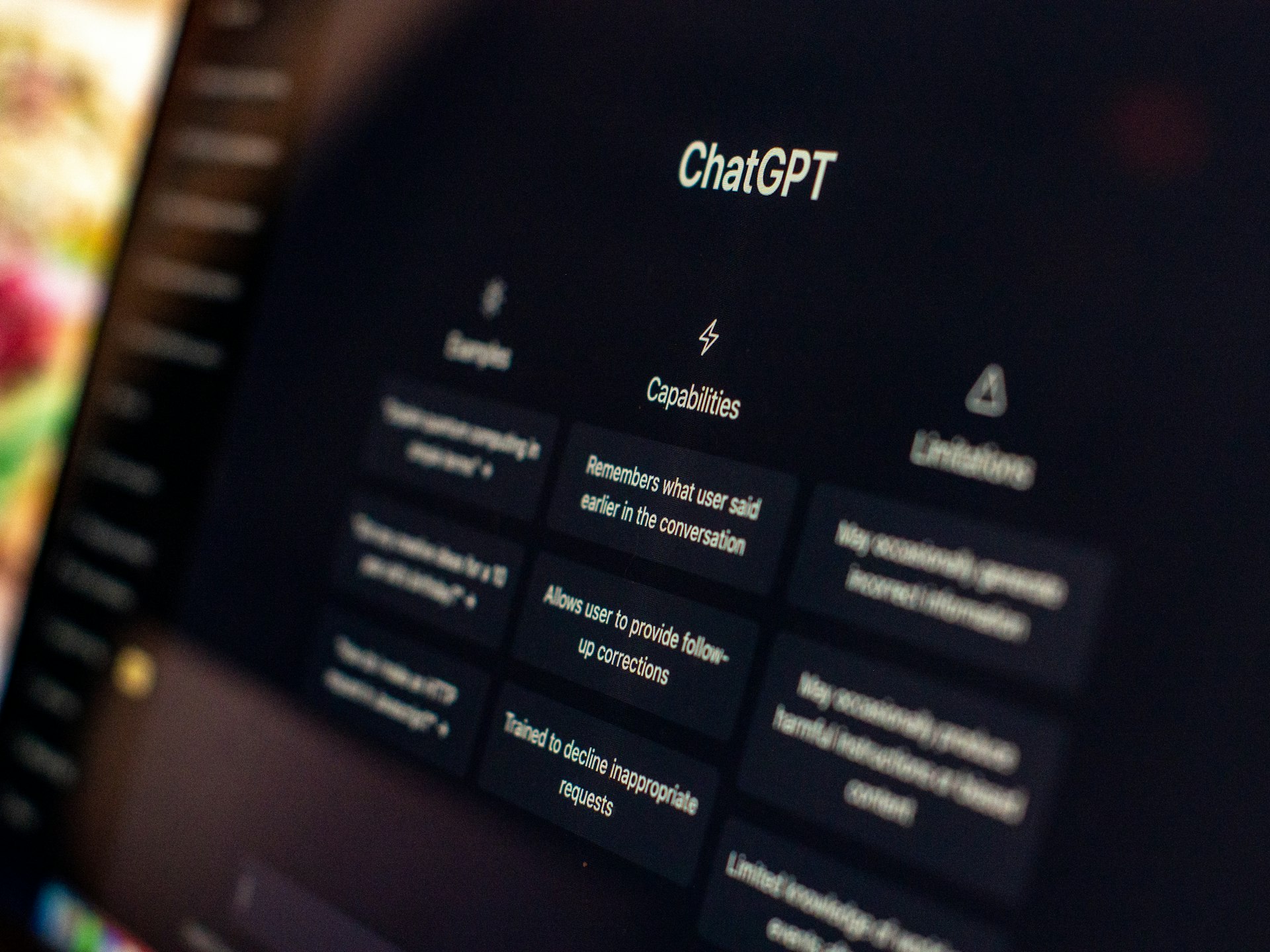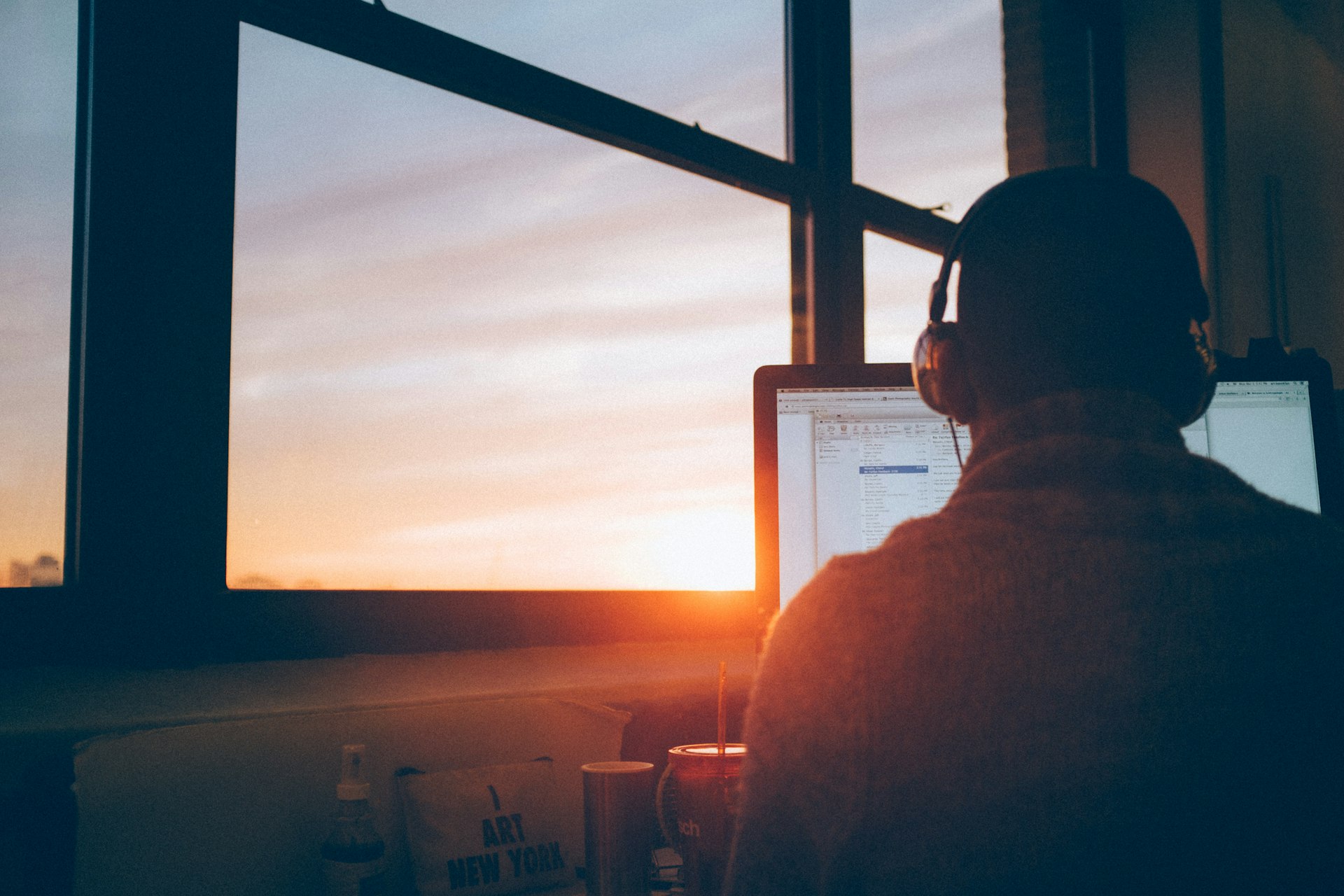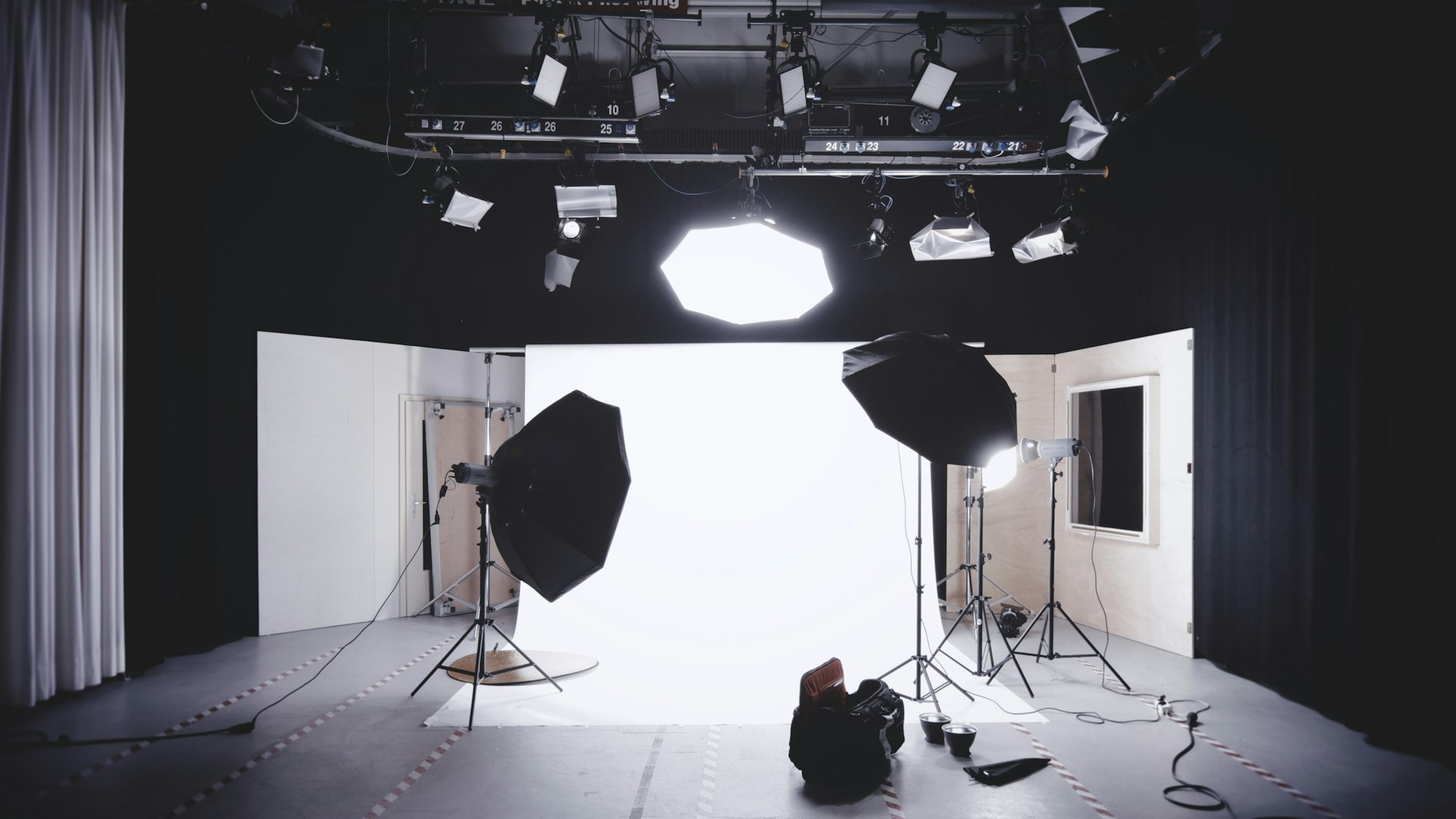Photography has come a long way since the first black-and-white photographs taken in the early 19th century. Today, we live in an era where almost everyone has a camera in their pocket, thanks to smartphones. But as technology continues to advance, we're seeing even more dramatic changes in the world of photography. One of the biggest changes is the rise of artificial intelligence (AI) in photography. This brings up a big question: What is the future of photography, and how does AI compare to traditional, in-real-life (IRL) photography?
In this blog, we'll explore how AI is changing photography, the benefits and drawbacks of AI in photography, and how it compares to IRL photography. We'll also take a look at what the future might hold for photographers and photography enthusiasts.
The Rise of AI in Photography
What is AI in Photography?
Artificial intelligence in photography refers to the use of computer algorithms to enhance or create images. These algorithms can perform a variety of tasks, such as recognizing faces, enhancing colors, removing unwanted objects, and even creating entirely new images from scratch. AI-powered tools are becoming more common in photo editing software, cameras, and even smartphones.

How AI is Changing Photography
1. Automatic Photo Editing
One of the most significant impacts of AI in photography is in the area of photo editing. AI can automatically enhance photos by adjusting colors, brightness, contrast, and even removing unwanted objects. This means that photographers no longer need to spend hours editing their photos manually. Instead, they can rely on AI to do the job for them quickly and efficiently.
2. Image Recognition
AI can recognize and tag objects and people in photos. This is particularly useful for organizing and searching through large collections of images. For example, Google Photos uses AI to recognize and categorize photos based on the people, places, and things in them. This makes it much easier to find specific photos without having to manually sort through thousands of images.
3. Creative Filters and Effects
AI can also be used to apply creative filters and effects to photos. Apps like Instagram and Snapchat use AI to add fun and artistic effects to photos in real-time. These filters can change the way a photo looks, making it more interesting and engaging.
4. AI-Powered Cameras
Modern cameras, including those in smartphones, are increasingly using AI to improve photo quality. AI can help cameras to adjust settings automatically for the best possible shot, even in challenging conditions like low light or fast-moving subjects. This means that even amateur photographers can take professional-quality photos with ease.
The Benefits of AI in Photography
1. Time-Saving
One of the biggest benefits of AI in photography is the amount of time it saves. Photo editing can be a time-consuming process, but with AI, many of the tasks can be done automatically. This frees up time for photographers to focus on other aspects of their work, such as taking more photos or working on creative projects.
2. Accessibility
AI-powered tools make high-quality photo editing accessible to everyone, not just professional photographers. Even people with little to no experience in photo editing can achieve impressive results with the help of AI. This democratizes photography and allows more people to express their creativity through photos.
3. Consistency
AI can ensure consistency in photo editing. When editing photos manually, it's easy to make small mistakes or inconsistencies that can affect the overall quality of the images. AI, on the other hand, can apply the same adjustments to all photos, ensuring a consistent look and feel across an entire photo collection.
4. Enhanced Creativity
AI can also enhance creativity by offering new tools and effects that were previously not possible. For example, AI can generate completely new images based on existing ones, allowing photographers to explore new creative possibilities. This can lead to more innovative and unique photos.

The Drawbacks of AI in Photography
1. Loss of Human Touch
One of the main criticisms of AI in photography is that it can lead to a loss of the human touch. Photography is an art form, and many photographers believe that the human element is essential to creating truly great photos. By relying on AI, there is a risk that photos will become too perfect and lose the unique qualities that make them special.
2. Over-Reliance on Technology
Another concern is that photographers may become too reliant on AI and lose their skills in traditional photo editing and photography techniques. While AI can certainly make things easier, it's important for photographers to maintain their skills and knowledge to ensure they can still create great photos without the help of AI.
3. Privacy Concerns
AI-powered photo recognition and tagging raise privacy concerns. For example, some people may not want their photos to be automatically tagged and categorized by AI. There are also concerns about how companies use and store the data collected by AI algorithms.
4. Ethical Issues
AI-generated images can raise ethical issues, especially when it comes to authenticity. For example, AI can be used to create fake photos that look real, which can be used to spread misinformation or deceive people. This raises questions about the responsibility of photographers and the ethical use of AI in photography.
IRL Photography: The Traditional Approach
What is IRL Photography?
IRL photography refers to traditional, in-real-life photography techniques. This includes taking photos with a camera, developing film, and manually editing photos. While technology has certainly advanced, many photographers still prefer the traditional approach to photography.
The Importance of IRL Photography
1. Artistic Expression
Many photographers believe that IRL photography allows for greater artistic expression. By manually adjusting camera settings and editing photos, photographers have complete control over the final image. This allows them to create photos that reflect their unique vision and style.
2. Skill Development
IRL photography requires a certain level of skill and knowledge. Photographers must understand how to use their cameras, how to compose a shot, and how to edit photos. This skill development is an important part of the art form and can lead to a deeper understanding and appreciation of photography.
3. Tangible Experience
There is something special about the tangible experience of IRL photography. From the sound of the shutter click to the smell of developing chemicals, traditional photography offers a sensory experience that digital photography cannot replicate. This can make the process of taking and developing photos more enjoyable and fulfilling.

Comparing AI and IRL Photography
Ease of Use
AI photography tools are designed to be easy to use, even for beginners. With automatic adjustments and simple editing tools, anyone can achieve professional-quality results with minimal effort. In contrast, IRL photography requires more knowledge and skill, which can be a barrier for some people.
Quality of Results
Both AI and IRL photography can produce high-quality results but in different ways. AI can enhance photos with precise adjustments and creative effects, while IRL photography allows for more personal and artistic expression. The quality of the results ultimately depends on the photographer's skill and vision.
Creativity
AI offers new creative possibilities with its ability to generate new images and apply unique effects. However, some photographers believe that true creativity comes from the human touch and the ability to manually control every aspect of the photo. Both approaches have their strengths and can complement each other in different ways.
Cost
AI-powered photography tools can be more cost-effective, especially for beginners. Many AI photo editing apps are available for free or at a low cost, making them accessible to everyone. IRL photography, on the other hand, can be more expensive due to the cost of camera equipment, film, and developing supplies.
The Future of Photography
The Role of AI in the Future
As AI technology continues to advance, it will likely play an even bigger role in the future of photography. We can expect to see more AI-powered tools and features that make photography easier and more accessible. However, it's important to strike a balance between using AI and maintaining the human element in photography.
The Importance of IRL Photography
While AI offers many benefits, IRL photography will always have a place in the world of photography. The skills and techniques of traditional photography are essential for understanding and appreciating the art form. Additionally, the tangible experience of IRL photography can be deeply fulfilling and enjoyable.
A Hybrid Approach
The future of photography will likely involve a hybrid approach that combines the best of both AI and IRL photography. Photographers can use AI tools to enhance their photos and save time, while still maintaining their skills and personal touch with traditional techniques. This allows for greater creativity and flexibility in the world of photography.
The future of photography is exciting and full of possibilities. AI is transforming the way we take and edit photos, making it easier and more accessible for everyone. However, the importance of traditional, IRL photography cannot be overlooked. By combining the strengths of both approaches, photographers can achieve even greater creativity and innovation. Whether you're a professional photographer or just a photography enthusiast, the future of photography holds something for everyone. So, grab your camera, embrace the technology, and keep capturing those beautiful moments!Start writing here...